Embroidery Glossary Stitch Types
Run Stitch
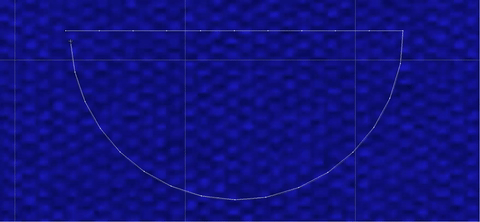
This is your basic stitch. This stitch is common in both embroidery and sewing machines. Look at the seam of most jeans and you will see this stitch. Most run stitches in embroidery are between .8 mm to 5 mm in length. The stitch length is regulated and can be made to be the same length for straight or curved stitches, or given a smaller minimum for curves. Run stitches are used for detail, traveling from point to point or for underlay.
aka: Walking Stitch
Double Run Stitch
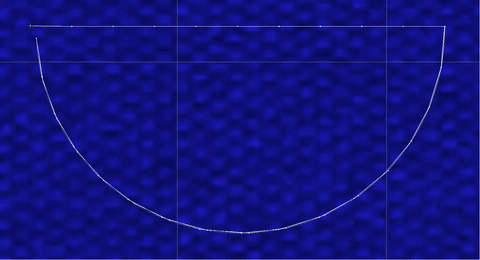
The run stitch can also be doubled back up on itself and is called a double run stitch. If the inputs are staggered, the line will be less segmented. This stitch type is most often used for thin outlines.
Manual Stitch
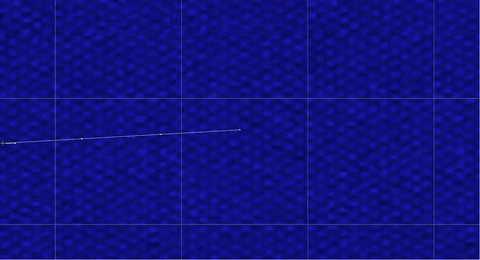
This may appear to look like run stitch but it is unique in the stitch points are not regulated. In other words, you manually put in the stitch points, making an irregular looking run stitch.
Triple Run Stitch
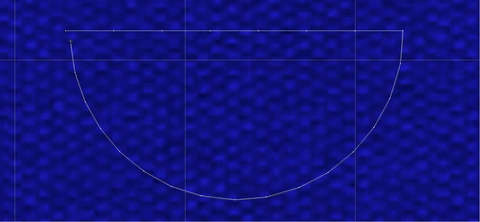
This is like a run stitch but goes forward a stitch, back to the previous point then forward again and repeats itself for the next stitch. Triple Stitches are generally used for outlines when a run stitch is too thin and satin stitch is not an option.
aka: Bean Stitch
Satin Stitch
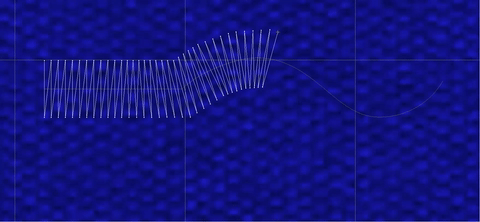
The most common of stitches. It is a tight zig-zag stitch that is most often used for borders and lettering. The density can be altered and end up looking similar to a zig-zag stitch.
aka: Column Stitch
Zig-zag Stitch
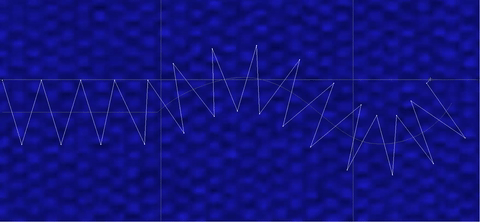
Very similar stitch to Satin Stitch, but more open between stitches with the end stitch always ending on the same side as the beginning stitch. This is often used for underlay and tack-down for appliques.
Stem Stitch
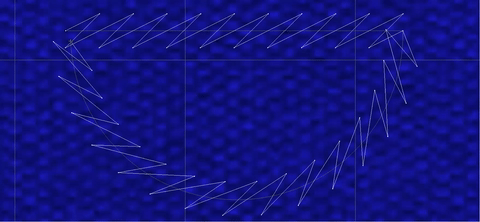
Just like Zig-zag stitch but at an angle. Used most for decorative stitching or borders.
Back Stitch
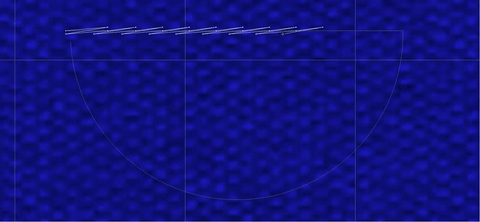
Similar to the Triple Stitch, but the stitching is at an angle and staggered. This can be used manually as an alternative underlay for Polar Fleece and Sweaters.
Fill Stitch
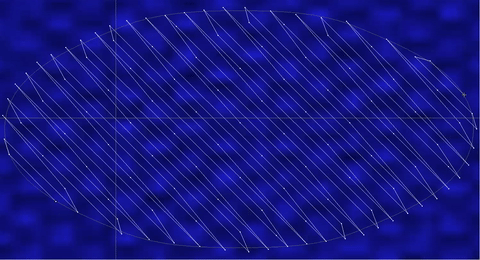
This is the stitch that you see for fills or wide areas. Fill stitch is a pattern that is created by a run stitch that goes back and forth really close together. The pattern can be changed. The density, distance from the edge, angle, pattern, and the edge of the stitch can all be changed. You may also see this stitch as a tackdown or underlay but with the spacing further apart.
aka: Tatami, Ceeding

0 comments on article "Embroidery Glossary Stitch Types"